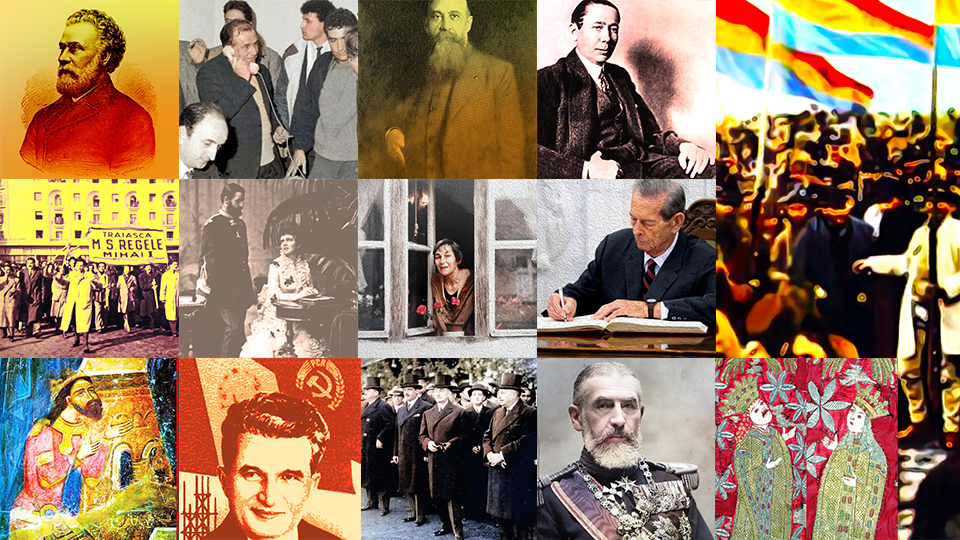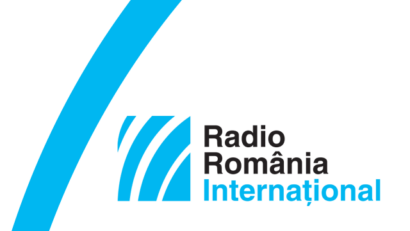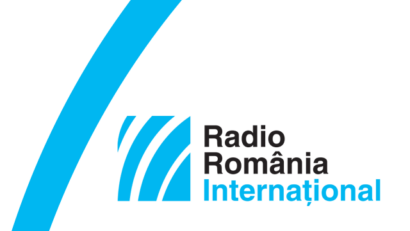Slavery and emancipation of the Roma in Romania
On February 20, 1856, slavery in the Romanian Principalities came to an end

Steliu Lambru, 01.04.2024, 09:53
One of the constant presences in the history of the Romanian space until the 19th century was slavery. In the first half of the 19th century, in the Romanian principalities of Wallachia and Moldavia, the abolitionist movement appeared as a materialization of the ideas brought from the West by the Romanian elites educated there. The goal of the Romanian abolitionists was the liberation of slaves, most of them of Roma origin, slaves held by the state, the Church and phisical persons.
Viorel Achim is one of the most important specialists in the history of Roma in the Romanian area. He wanted to clarify the term used in specialized studies. Viorel Achim: “What we call robie, in Romanian, was slavery. The essence of this word is the definition of slavery in any historical or legal dictionary. It was about people without legal personality and who were the property of another. In the Romanian Principalities, slavery by all old and new standards, was definitely present.”
Strating the 14th century, when the oldest chancellery documents date back to, slaves were present on the territory of the principalities of Wallachia and Moldavia. The Romanian society was one with slaves, but not a slave society like some states in the south of the US. Slaves did not have such a big role in the economy. For a society to be considered a slave society, a third of the population must have been slaves, and in the Romanian Principalities only 7% of them were.
Viorel Achim: “Slavery, in the Romanian space, is long lasting. It is attested from the beginnings of the states of Wallachia and Moldavia. The first slaves were Tatars. The Romanian states were born with slavery and left history without slavery. The 1848 generation, the one that thought about the future of Romania through the union of Wallachia and Moldavia and the creation of the Romanian nation, was obsessed with the idea of not being caught, at the unification moment, with slavery still in force, with that social shame, as they called it. The 1848 generation did this, it was an extraordinary administrative and political effort. But they succeeded in liquidating the last vestiges of slavery on February 20, 1856,.”
The emancipation of the slaves, or disenslavement, as it was called at the time, was the biggest social reform in the history of Romania in the 19th century. The result was that approximately 250,000 Roma slaves became free people. Viorel Achim: “Slaves of Roma origin somehow monopolized the institution of slavery in the sense that, starting from a certain moment in history, the great, huge majority of the members of this legal category, later called Gypsies, were of Roma origin. But this category also includes ethnic Romanians and people of other ethnicities, in quite large numbers in some historical periods.”
What was the status of slaves and how were they recruited? Viorel Achim: “Slavery was hereditary in the Romanian space. There were areas in the world where it was not hereditary. In the Ottoman Empire, for example, Muslim law required that after 7 years, a slave be freed and emancipated. And so it happened, they came out of the category of slaves. Regarding the recruitment of slaves, although in the Romanian space the slave condition was passed on by birth, to a certain extent, slavery was an open status, including in the 19th century. There were free people who entered this status, ethnic Romanians or free Roma who legally were not Gypsies, and nomadic Roma, subjects of other countries who entered the territory of the principalities. The latter automatically became, by law, slaves of the state.”
However, abolition of slavery was not a simple process, there were steps forward and steps back. Six emancipation laws and 100 pieces of legislation dealing with slavery were given. The partial modification of the slave state began in 1817 in Moldova through the Calimach Code. The slave was seen as a person in relation to people other than his master. Once considered a person, he or she was under the protection of the law. Slaves could go to court to defend their rights against anyone other than their master. They could sign contracts, give statements, do business, be the owner of any kind of property. There were amazing situations for us today when slaves owned other slaves.
Viorel Achim detailed the manner in which emancipation became possible, namely through the direct involvement of the state: “The state interfered in the relations between masters and slaves, something unthinkable for centuries. The state limited the level of exploitation for monastic slaves, again something unthinkable. The state also limited the right of owners to move their slaves wherever they wanted. It was a massive intrusion into the rights of slave owners.”
On February 20, 1856, the history of slavery in Romania came to an end. It was a reminiscence of the past, a disappearance that has never been regretted






























